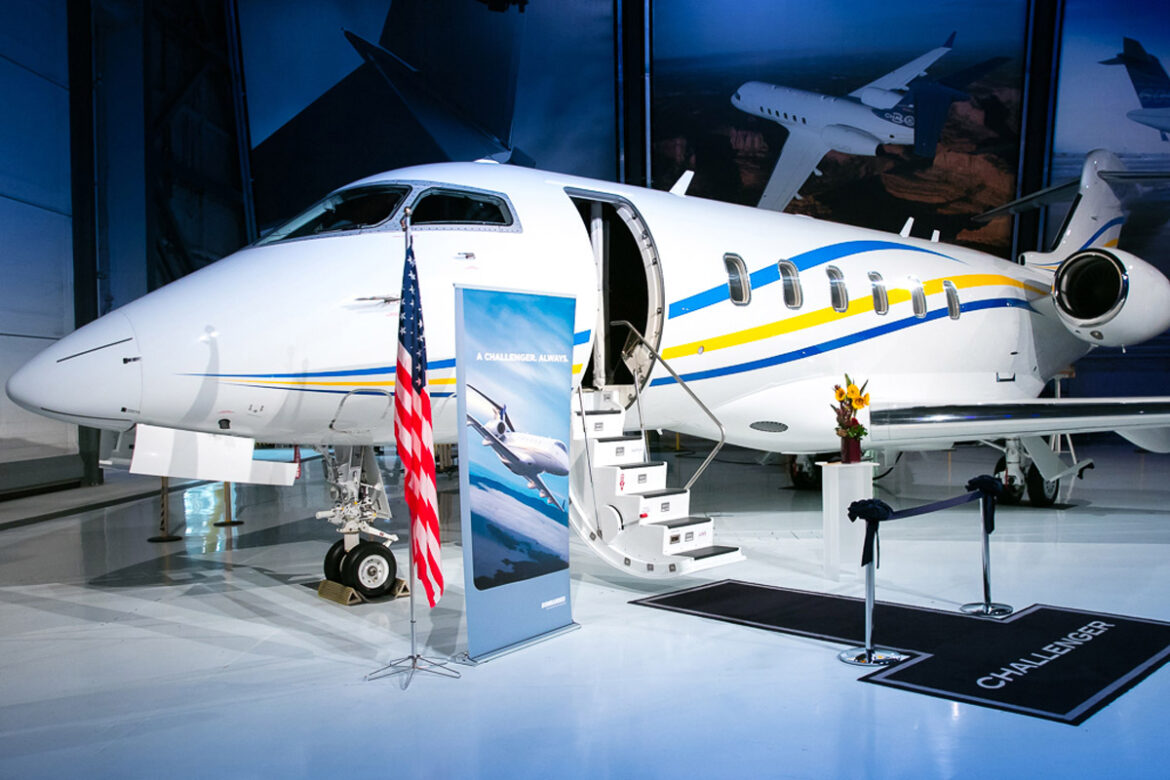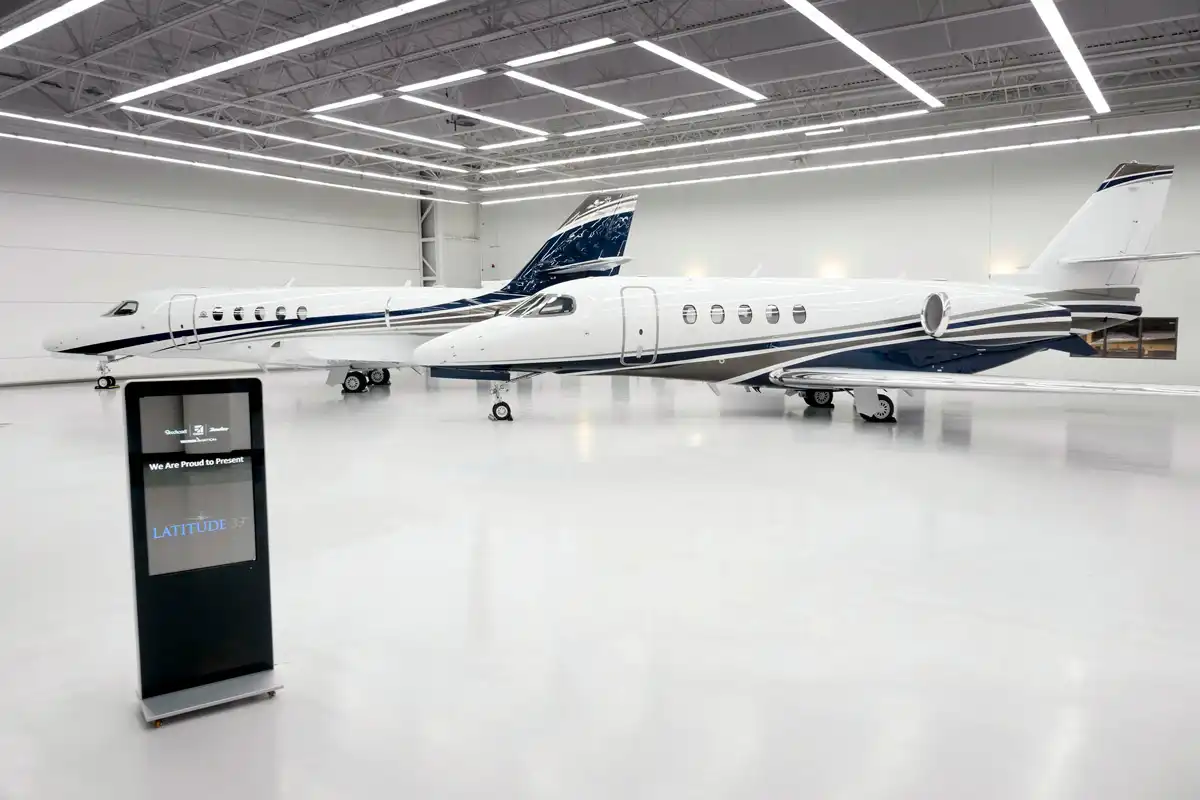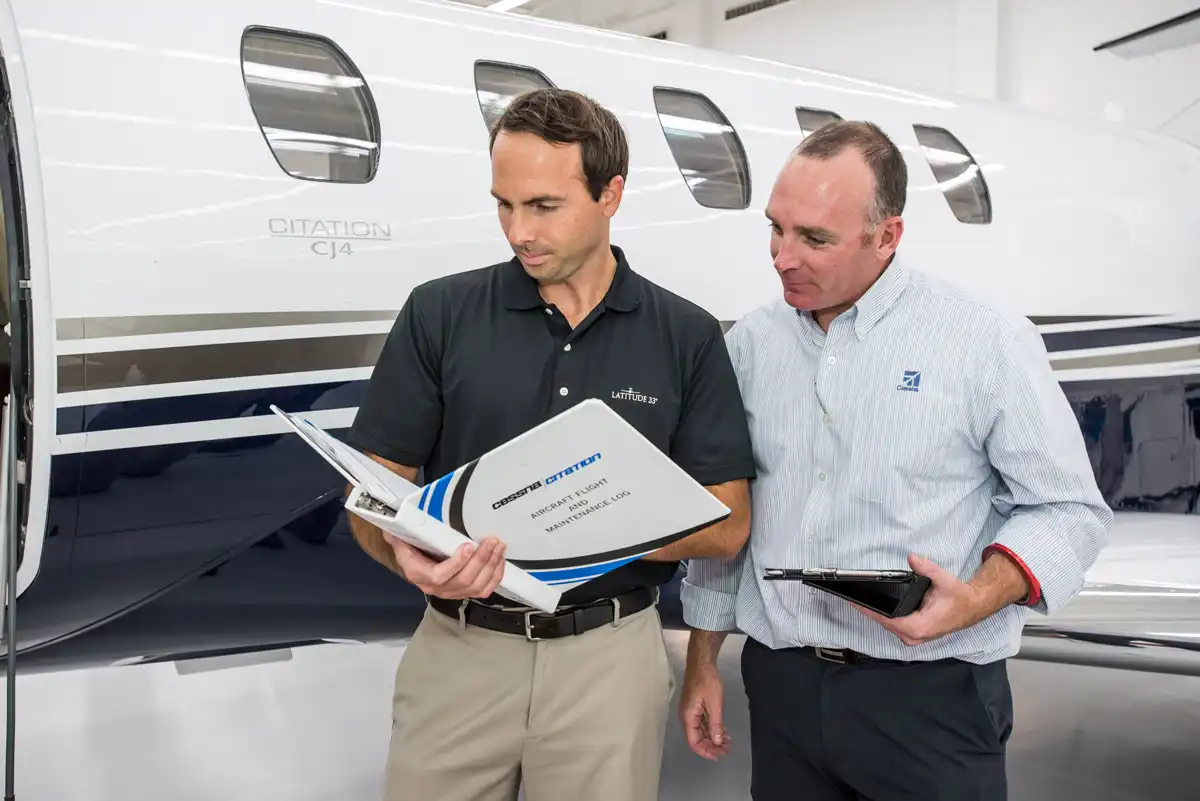Fractional jet ownership is perfect for many private flyers who want the luxury and convenience of owning a private jet but don’t want to pay for the full costs of sole private jet ownership. By joining a fractional jet ownership program, you can get the many benefits of private flying without the full expenses of purchasing an entire private aircraft. As a fractional aircraft owner, you can customize how much of the aircraft you own to match your private flying needs and spread costs among other owners.
If you’re interested in fractional jet ownership, learn more about how it works, its benefits, the costs associated with it, and information about when it’s right for you. You may also want to review the main documents required for fractional jet ownership and some popular alternatives to jet sharing.
- How Fractional Jet Ownership Works
- How Do Fractional Jet Shares Work?
- Benefits of Fractional Jet Ownership
- What Are the Costs Associated With Fractional Jet Ownership?
- When Is Fractional Jet Ownership Right for You?
- How Do Fractional Jet Agreements Work?
- Are There Alternatives to Fractional Jet Ownership?
How Fractional Jet Ownership Works
Fractional jet ownership refers to a form of professionally managed aircraft co-ownership. When someone wants to participate in a fractional jet ownership program, they’ll purchase a share of the jet, giving them partial ownership over the aircraft.
This share gives them an allotted amount of occupied hours per year that they can use to fly the aircraft. The flying time usually ranges between 50 and 400 hours, and most fractional jet shares will come in a multiple of 1/16th.
When you enter into a jet sharing program, you’ll most likely need to sign an aircraft management agreement lasting for multiple years. You should also know that you may not use the plane you specifically own every time you fly. In fact, it’s possible you may not ever step foot in it. Instead, the company running your fractional jet program will usually have a fleet of similar aircraft available for use, bringing you the closest one as needed.
How Do Fractional Jet Shares Work?
If you want to understand fractional jet shares, you should first know that a fractional plane’s operating time is generally a total of 800 hours per year. Since a fractional jet has 800 hours available per year, an owner’s share will represent a fraction of that number. For example, a 1/16h share will translate to the owner receiving 50 hours of flying per year.
Other popular shares include a 1/8 share equal to 100 hours, a 1/4 share equal to 200 hours, and a 1/2 share equal to 400 hours. Usually, you won’t see shares less than 1/16, as anything under 50 hours usually doesn’t justify the cost. Overall, you can expect higher costs for shares that come with higher hours. Additionally, you may find fractional jet ownership shares that go by the number of days you plan to use the jet rather than hours.
Benefits of Fractional Jet Ownership
Compared to full aircraft ownership, fractional jet ownership comes with several advantages that many flyers love. Some of the primary benefits of partial jet ownership include flexible availability, greater privacy, multiple jet options, and personalized investment opportunities. These advantages make fractional jet ownership an excellent travel solution for many flyers.
Here are some additional benefits of fractional jet ownership:
- Flexible availability: When you’re a fractional jet owner, you usually have aircraft ready for you quickly. Most fractional providers can have an aircraft ready in only a few hours. If you need flights fast, fractional jet ownership can be a great choice.
- More depreciation deductions: If you use your jet for business flights, you may be able to utilize depreciation deductions related to owning the jet that are not available when chartering. This ability to use depreciation deductions can give owners some tax benefits.
- Multiple jet options: After purchasing a fractional jet share, you can often use multiple jets of the same type — even if the particular jet you own a share in is at another location while another owner uses it, you still have a jet available for you to fly on. Some fractional jet share programs also allow you to use different jets comparable in size and type to the jet you own fractional shares in.
- Personalized investment opportunities: When you know you won’t need a personal jet year-round, you’ll love how customizable jet share programs are. You can choose various share options to purchase the number of hours you know you’ll need during the year, with some plans allowing you to bank unused hours over your contract’s length. This level of personalized investment allows you to see the benefits of jet ownership without the higher costs related to purchasing an entire jet.
- Greater privacy: Flying on a private jet gives you the ultimate in privacy whenever you need to travel. Additionally, since the jet is registered under the fractional company’s name, your travel will stay out of the limelight, as your name won’t be attached to your flight activity on publically available data sources.
- Reduced flying costs: Fractional jet ownership provides owners with the comfort, convenience, and time-savings of flying private without as many expenses related to owning a full jet. As a fractional jet owner, you won’t have to pay for an entire jet, and you’ll avoid paying the full costs associated with a jet’s services, maintenance, and crews. These reduced financial responsibilities make fractional jet ownership very cost-effective for many flyers.
What Are the Costs Associated With Fractional Jet Ownership?
While you’ll see reduced costs when you choose fractional jet ownership instead of full jet ownership, you’ll still have some expenses you should be aware of. Before you decide to purchase a share of a jet, it’s crucial to understand what costs you’ll be responsible for.
To give yourself more information on the expenses associated with jet sharing, review the main fractional jet ownership costs below:
1. Acquisition Cost
When you first purchase a share in a jet, you’ll have to pay an acquisition cost, otherwise known as a capital fee. These fees will be directly tied to how large your share in the jet is and the type of aircraft you’re purchasing.
For example, a share in a smaller jet will often cost less than a share in a larger one. You might find that a 1/16 share in a smaller jet may only cost a few hundred thousand dollars, while a 1/4 share in a larger business jet might come with a cost in the millions.
2. Monthly Management Fees
Management fees include fixed costs related to owning a jet, such as insurance, comprehensive pilot training, aircraft subscriptions, and administrative expenses. They also include paying for hangar space while the plane is not in use and is being stored.
As a partial jet owner, you won’t have to pay for the full amount of management fees related to owning an entire jet. The cost of your monthly management fees will come down to your share’s size. So, someone with a 1/4 share will pay more than an owner with a 1/16 share of the same jet.
3. Occupied Hourly Fee
Along with management fees and acquisition costs, you’ll also have to cover an occupied hourly fee. This fee includes costs related to in-flight catering, the crew’s wages, fuel, maintenance, and engine reserves. Essentially, the occupied hourly fee relates directly to any expenses incurred while using the jet. Since you may take shorter or longer trips and have different in-flight catering needs, these fees vary based on your particular requirements.
When Is Fractional Jet Ownership Right for You?
Knowing if jet ownership is right for you often comes down to how much you plan to use a jet per year. The general rule of thumb across the industry is that fractional jet ownership is only cost-effective if you use a jet at a minimum of 50 hours a year.
Essentially, using the jet less than 50 hours wouldn’t justify the jet’s cost, and it might be better for these types of private flyers to charter flights instead of purchasing shares. Of course, if you need to use a jet for more than 50 hours a year, fractional jet ownership is likely an excellent option.
You should also be comfortable with the jet type you purchase. Private flyers who often travel with different sized groups may want to avoid buying a fraction share, as the jet you purchase a share in may not have the capacity you need for larger groups. Fractional shares are often a better option for people who don’t plan to have much variance in the number of passengers they normally fly with.
How Do Fractional Jet Agreements Work?
When you enter into a fractional jet agreement, you’ll have a few documents you’ll need to sign and agree with.
1. Binder or Deposit Agreement
A binder agreement, or deposit agreement, refers to a provider’s document requiring a buyer to place a deposit before they hold the buyer’s share. A binder agreement guarantees the owner’s pricing won’t change, states a firm delivery date, and identifies the particular aircraft the buyer is purchasing a share in. The agreement should also let the buyer know when their deposit becomes nonrefundable.
2. Purchase Agreement
The purchase agreement is a document the buyer uses to purchase their fractional shares from a provider. This agreement covers the provider’s warranties and representations related to the aircraft’s condition and title. It also lays out how the provider will repurchase your share after the agreement, as well as terms and fees related to leaving your agreement early.
3. Master Dry Lease Exchange Agreement
A master dry lease exchange agreement dictates the relationship between the aircraft’s fractional owners. This agreement usually has every owner sign off on other owners using their aircraft. By signing this document, owners also receive the ability to use the provider’s fleet in place of the aircraft they own a share in.
4. Management Agreement
In this agreement, the buyer agrees that the provider will serve as their aircraft’s manager and fractional program’s administrator. The agreement covers how many hours the owner can fly, their flying costs, and when they can fly. These agreements can also stipulate how rollover hours work, the owner’s right to interchange, where owners can fly, and peak travel days when the owner will have more restrictions. Additionally, it will explain how the provider calculates flight time and how far in advance you have to reserve the aircraft.
Are There Alternatives to Fractional Jet Ownership?
For some buyers, fractional jet ownership isn’t right for their flying requirements. Luckily, buyers can choose from several alternatives that may fit their needs more closely. Find out more about the alternatives to fractional jet ownership below:
- Purchasing a jet: If you fly frequently and don’t want any restrictions on your flying, purchasing a private jet is a great investment. When you own a private jet, you can fly as much as you’d like and change your schedule at any time. Many buyers also enjoy owning an entire jet, as it can be an investment opportunity. They can sell it back later and even rent it out to other flyers to make a profit.
- Private jet leasing: When you’re not sure if you want to own a jet, a private jet lease is an excellent choice. With a lease, you essentially rent the aircraft for a specified period of time and sell it back to the leasing company at your contract’s end. Leasing a private jet can give you plenty of information about whether you want to eventually own a jet and help you make an informed buying decision. Private flyers also enjoy leasing because they can switch to another plane when their contract ends.
- Jet cards: Another popular alternative to fractional jet ownership is purchasing a jet card. These cards allow you to buy a set number of flight hours in bulk, allowing you to save on costs compared to individually purchasing a flight every time you need a private jet. If you purchase a jet card, you’ll prepay for a number of jet flights, with the card’s terms guaranteeing availability and a fixed hourly rate. Hourly rates for jet cards are higher than fractional ownership, but they do not require as large of an upfront capital outlay.
- Aircraft charters: When you only fly occasionally and don’t want any long-term commitments, chartering an aircraft is a great decision. Since an aircraft charter is only a one-time expense, aircraft charters don’t require you to place a large sum of money down up front, and you won’t pay ongoing fees. Additionally, aircraft charters allow you to choose various types of jets each time you fly, giving you the flexibility to select the right size and type of jet for your needs.
Explore Jet Chartering and Transaction Services From Latitude 33 Aviation
At Latitude 33 Aviation, we’re ready to give you the ultimate in private flying luxury. We regularly provide our buyers with jet acquisition and brokerage services, as well as extensive aircraft management and private jet charter services. We also have a premier aircraft fleet made up of light, midsize and heavy jets, with every charter aircraft option offering an upscale and lavish experience.
Request a quote to charter a private jet today. If you’re interested in owning a jet, please feel free to inquire about our sales services.








